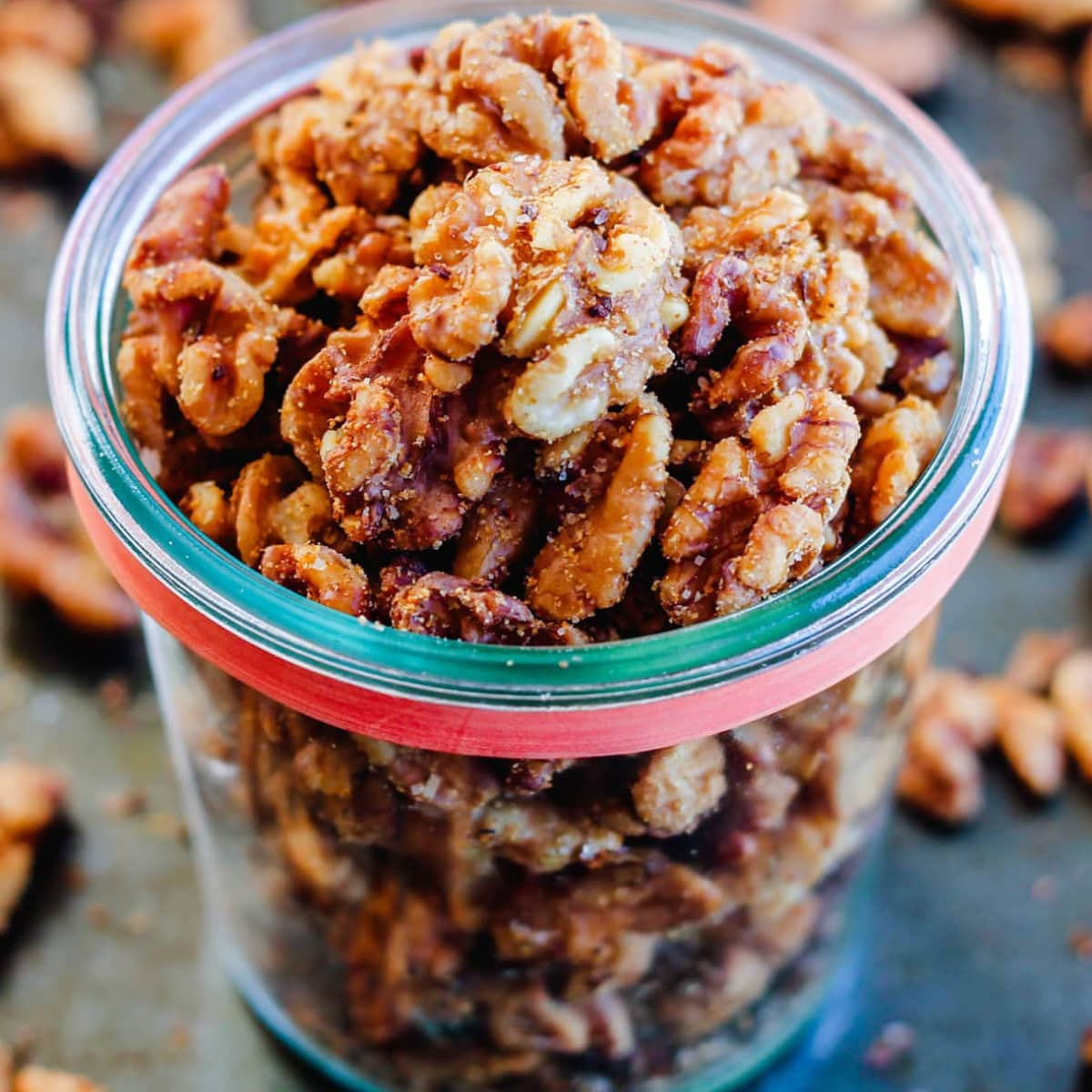

Articles
How To Store Walnuts
Modified: October 22, 2024
Learn the best methods for storing walnuts and keeping them fresh for longer. Read our informative articles on proper walnut storage techniques.
(Many of the links in this article redirect to a specific reviewed product. Your purchase of these products through affiliate links helps to generate commission for Storables.com, at no extra cost. Learn more)
Introduction
Walnuts are a delicious and nutritious nut that can be enjoyed in a variety of ways. Whether you love to add them to your favorite recipes or simply snack on them, storing walnuts properly is crucial to keep them fresh and maintain their quality for an extended period of time.
Choosing and storing walnuts correctly can make a significant difference in taste and texture, ensuring that they remain flavorful and crunchy. In this article, we will provide you with a comprehensive guide on how to store walnuts properly, whether they are still in the shell or shelled.
By following these storage tips, you can enjoy the rich and nutty flavor of walnuts throughout the year, while also being able to preserve their nutritional value. So let’s delve into the details of how to store walnuts to keep them fresh and flavorful!
Key Takeaways:
- Properly storing walnuts is crucial for maintaining their flavor and nutritional value. Choose high-quality walnuts, prepare them carefully, and store them in the right conditions to enjoy their deliciousness year-round.
- Regularly check the quality of stored walnuts and get creative with their usage in recipes. From toasting to making homemade nut butter, there are plenty of ways to enjoy the versatility and nutritional benefits of these delightful nuts!
Read more: How To Store Candied Walnuts
Choosing the Right Walnuts
When it comes to storing walnuts, it is essential to start with high-quality nuts. Here are some tips to help you choose the right walnuts for storage:
- Freshness: Look for walnuts that have a fresh and vibrant appearance. Avoid nuts that appear dull or discolored, as these may indicate that they are past their prime.
- Shell Integrity: Inspect the shells of the walnuts for any cracks or damage. A cracked shell can allow air to enter and cause the nut inside to spoil more quickly.
- Skin Color: The skin of the walnut should be a rich, golden brown color. Avoid walnuts with a dark or shriveled skin, as this can indicate that they are old or have been improperly stored.
- Smell: Give the walnuts a sniff. They should have a pleasant, nutty aroma. If they have a rancid or off-putting smell, it’s best to choose a different batch.
By selecting high-quality walnuts, you are setting the foundation for successful long-term storage. Remember that fresh walnuts will maintain their flavor and texture for a longer period of time.
Preparing Walnuts for Storage
Before you store walnuts, it’s important to properly prepare them to ensure the best results. Here are the steps to follow:
- Cleaning: Start by removing any debris or dirt from the walnuts. Gently rinse them under cold water and pat them dry with a clean towel. This will help to remove any impurities that may affect the quality of the nuts during storage.
- Drying: Once the walnuts are clean, allow them to air dry for a few hours. You can spread them out on a clean, dry surface or use a baking sheet lined with parchment paper. Make sure they are completely dry before moving on to the next step. Excess moisture can cause the walnuts to spoil or become moldy during storage.
- Cracking (if applicable): If you have walnuts in the shell, you may need to crack them open before storing. This can be done using a nutcracker or by placing the walnuts inside a clean towel and gently tapping them with a hammer. Be careful not to crush the nut inside.
- Removing Shells (if applicable): If you prefer to store shelled walnuts, you can skip the cracking step. Simply remove the shells by carefully prying them open or using a nut pick to extract the nut.
By properly preparing the walnuts, you ensure that they are clean, dry, and ready for storage. This will help to maintain their freshness and prevent any potential spoilage. Now that you’ve prepared the walnuts, let’s explore the different methods of storing them.
Storing Walnuts in the Shell
If you have walnuts still in their shells, there are a few ways you can store them to maintain their freshness and flavor. Here are some methods to consider:
- Mesh Bag: Place the walnuts in a mesh bag or breathable container to allow for air circulation. Make sure the bag is clean and free of any debris. Avoid using plastic bags, as they can trap moisture and promote spoilage.
- Cool, Dry Place: Find a cool and dry place to store the walnuts, such as a pantry or cellar. The ideal temperature range for walnut storage is between 32°F (0°C) and 50°F (10°C). Make sure the area is not exposed to direct sunlight or any sources of heat, as this can cause the nuts to go rancid.
- Airtight Container: If you prefer, you can store the walnuts in an airtight container, such as a glass jar or airtight plastic container. This helps to protect them from air exposure and moisture. Place the container in a cool, dark place away from sunlight and heat sources.
- Freezer: For long-term storage, you can freeze walnuts in their shells. Place the walnuts in a freezer bag or airtight container and make sure to label them with the date. Freezing helps to preserve the freshness of the walnuts for up to one year. When you’re ready to use them, simply thaw them at room temperature.
Remember to periodically check the walnuts for any signs of spoilage, such as mold or a rancid smell. Discard any walnuts that show these signs, as they are no longer suitable for consumption.
Now that we have covered how to store walnuts in the shell, let’s move on to storing shelled walnuts.
Storing Shelled Walnuts
If you prefer to store walnuts without their shells, there are a few specific methods you can use to keep them fresh and flavorful. Here are some options for storing shelled walnuts:
- Airtight Container: Place the shelled walnuts in an airtight container, such as a glass jar or airtight plastic container. This helps to protect them from air exposure and moisture. Make sure the container is clean and dry before adding the walnuts. Store the container in a cool, dark place away from direct sunlight and heat sources.
- Refrigerator: For short-term storage, you can keep shelled walnuts in the refrigerator. Place them in a resealable plastic bag or airtight container and store them in the refrigerator’s main compartment. The cold temperature will help to preserve the walnuts’ freshness for up to 3-4 months.
- Freezer: If you want to store shelled walnuts for an extended period, freezing is the best option. Place the walnuts in a freezer bag or airtight container, removing as much air as possible. Label the bag or container with the date before placing it in the freezer. Shelled walnuts can be stored in the freezer for up to 12 months.
Regardless of the method you choose, it’s important to protect the walnuts from exposure to air, moisture, and light. These factors can accelerate the degradation of the nuts and reduce their quality.
When you’re ready to use the stored walnuts, make sure to thaw them at room temperature before incorporating them into your recipes or enjoying them as a snack. Avoid refreezing walnuts that have been thawed to maintain their texture and taste.
Now that we have covered the various ways to store shelled walnuts, let’s move on to the next step: properly packaging and sealing walnuts for storage.
Store walnuts in an airtight container in the refrigerator or freezer to keep them fresh. This will help prevent them from becoming rancid and maintain their flavor and texture.
Read more: How To Store Walnuts In Shell
Properly Packaging and Sealing Walnuts
To ensure optimal storage conditions for walnuts, it’s important to properly package and seal them. Here are some tips to help you maintain the freshness and quality of your walnuts:
- Use Airtight Containers: Whether you are storing walnuts in the shell or shelled, it’s crucial to use airtight containers. This prevents air from entering and protects the nuts from moisture, light, and odors that can cause them to spoil or lose their flavor.
- Choose the Right Size Container: Select a container that is appropriately sized for the quantity of walnuts you are storing. This helps to minimize any air pockets and maintain the integrity of the nuts.
- Label and Date the Containers: Properly label each container with the date of storage. This helps you keep track of the freshness and ensures that older walnuts are used first. It also prevents confusion if you have multiple containers with different types of nuts.
- Vacuum Sealing (Optional): If you have a vacuum sealer, you can use it to remove air from the airtight bags or containers before sealing them. This method creates an oxygen-free environment that further extends the shelf life of the walnuts.
- Store in Small Portions: If you frequently use walnuts in smaller quantities, consider storing them in smaller portions. This allows you to open and use only the amount you need, minimizing exposure to air and helping to maintain the freshness of the remaining walnuts.
By properly packaging and sealing your walnuts, you create an optimal storage environment that helps to preserve their flavor, texture, and nutritional value. Remember to check the containers periodically for any signs of moisture or spoilage and discard any walnuts that do not meet the quality standards.
We’ve covered the importance of packaging and sealing walnuts, now let’s move on to discussing the best storage conditions for walnuts.
Best Storage Conditions for Walnuts
To ensure the long-term freshness and quality of walnuts, it’s important to store them under the right conditions. Here are the key factors to consider:
- Temperature: Walnuts are best stored in a cool environment with a temperature range between 32°F (0°C) and 50°F (10°C). Avoid exposing them to high temperatures as it can cause the nuts to go rancid or lose their natural oils.
- Humidity: Walnuts should be stored in a low-humidity environment to prevent moisture absorption. High humidity can lead to mold growth and spoilage. Aim for a humidity level of around 50-60% for optimal storage.
- Light: Walnuts are sensitive to light and can become rancid if exposed to prolonged direct sunlight. Store them in a dark area to maintain their quality. If using transparent containers, place them in a dark pantry or wrap the containers in a light-blocking material.
- Odors: Walnuts can absorb odors from their surroundings, which can affect their flavor. Keep them away from strong-smelling foods or chemicals. If storing in the refrigerator or freezer, ensure that they are tightly sealed to prevent any odor transfer.
By maintaining these optimal storage conditions, you can extend the shelf life of walnuts and retain their delicious flavor and texture. Remember to store them in airtight containers in a cool, dark, and dry place, away from direct sunlight, heat, and strong odors.
Now that we know the best storage conditions for walnuts, let’s discuss how to check the quality of stored walnuts to ensure they are still fresh and suitable for consumption.
Checking the Quality of Stored Walnuts
Regularly checking the quality of stored walnuts is essential to ensure that they are still fresh and safe for consumption. Here are some indicators to help you determine the quality of your stored walnuts:
- Color and Appearance: Fresh walnuts should have a rich, golden brown color. Inspect the walnuts for any signs of discoloration, such as dark spots or a dull appearance. Discolored or faded walnuts may indicate that they are past their prime and may have lost their flavor.
- Texture: Walnuts should have a firm and crisp texture. Check for any softness or sponginess, as these could be signs of spoilage. If the walnuts feel mushy or rubbery, it’s best to discard them.
- Smell: Give the walnuts a sniff. Fresh walnuts should have a pleasant, nutty aroma. If they have a rancid or off-putting smell, it indicates that they have gone bad and should not be consumed.
- Taste: The taste of walnuts should be rich, nutty, and slightly sweet. If the walnuts have a bitter or rancid taste, it’s a clear sign that they have deteriorated and should be avoided.
It’s important to note that even when stored under optimal conditions, walnuts can still develop mold or become rancid over time. This is why regular quality checks are crucial to ensure the walnuts are still fresh and safe to eat.
If you come across any walnuts that show signs of spoilage, it’s best to discard them to avoid any potential health risks. Always trust your senses when it comes to checking the quality of stored walnuts.
Now that we know how to check the quality of stored walnuts, let’s move on to some handy tips for using these delightful nuts!
Tips for Using Stored Walnuts
Stored walnuts are a versatile ingredient that can enhance the flavor and texture of various dishes. Here are some tips on how to make the most out of your stored walnuts:
- Recipe Enhancer: Add walnuts to your favorite recipes for an extra crunch and nutty flavor. They can be incorporated into salads, cereals, baked goods, stir-fries, and more. Chop them or use them whole depending on the desired texture.
- Toasting: Toasting walnuts before using them can intensify their flavor. Place them in a single layer on a baking sheet and bake at 350°F (175°C) for about 8-10 minutes or until they become fragrant. Allow them to cool before incorporating them into your recipe.
- Pairing: Experiment with different flavor combinations by pairing walnuts with ingredients such as cheeses, fruits, and herbs. They complement well with blue cheese, apples, pears, arugula, and rosemary, just to name a few. Get creative and explore new taste experiences!
- Homemade Nut Butter: Blend walnuts in a food processor until creamy to make your own delicious and nutritious walnut butter. You can enjoy it as a spread on toast or use it as a base for sauces and dressings.
- Freeze for Long-Term Storage: If you have an excess amount of walnuts, consider freezing them in an airtight container or freezer bag. This will help to maintain their freshness for an extended period. Thaw them at room temperature when you’re ready to use them.
Remember to add walnuts towards the end of cooking or just before serving to preserve their texture and prevent them from becoming too soft or losing their crunchiness.
With these tips, you can explore the wonderful taste and versatility of walnuts in your culinary creations. Enjoy the nutty goodness and reap the nutritional benefits of these stored gems!
Now that we’ve covered some tips, let’s wrap up this article.
Read more: How To Store Walnuts In Freezer
Conclusion
Properly storing walnuts is essential to maintain their freshness, flavor, and nutritional value. By following the tips and techniques outlined in this article, you can ensure that your walnuts remain delicious and enjoyable for an extended period of time.
Start by choosing high-quality walnuts with intact shells or shelled walnuts that have a fresh appearance and a pleasant aroma. Prepare them by cleaning and drying them thoroughly before storage.
When storing walnuts in the shell, consider using mesh bags or airtight containers in a cool and dry place. If you prefer shelled walnuts, use airtight containers or freezer bags, and store them in the refrigerator or freezer for the best results.
Proper packaging and sealing, along with the right storage conditions, are crucial to maintaining the quality of walnuts. Keep them away from light, heat, moisture, and strong odors to extend their shelf life.
Regularly check the quality of stored walnuts by examining their color, texture, smell, and taste. Discard any walnuts showing signs of spoilage to ensure your safety.
Finally, make the most out of your stored walnuts by incorporating them into various recipes, toasting them for added flavor, and pairing them with other ingredients to create delicious combinations. Don’t forget that freezing walnuts can be a convenient option for long-term storage.
With these guidelines in mind, you can enjoy the rich, nutty taste of walnuts throughout the year and make the most out of your stored supply. So go ahead and savor the versatility and nutritional benefits of this delightful nut!
Frequently Asked Questions about How To Store Walnuts
Was this page helpful?
At Storables.com, we guarantee accurate and reliable information. Our content, validated by Expert Board Contributors, is crafted following stringent Editorial Policies. We're committed to providing you with well-researched, expert-backed insights for all your informational needs.
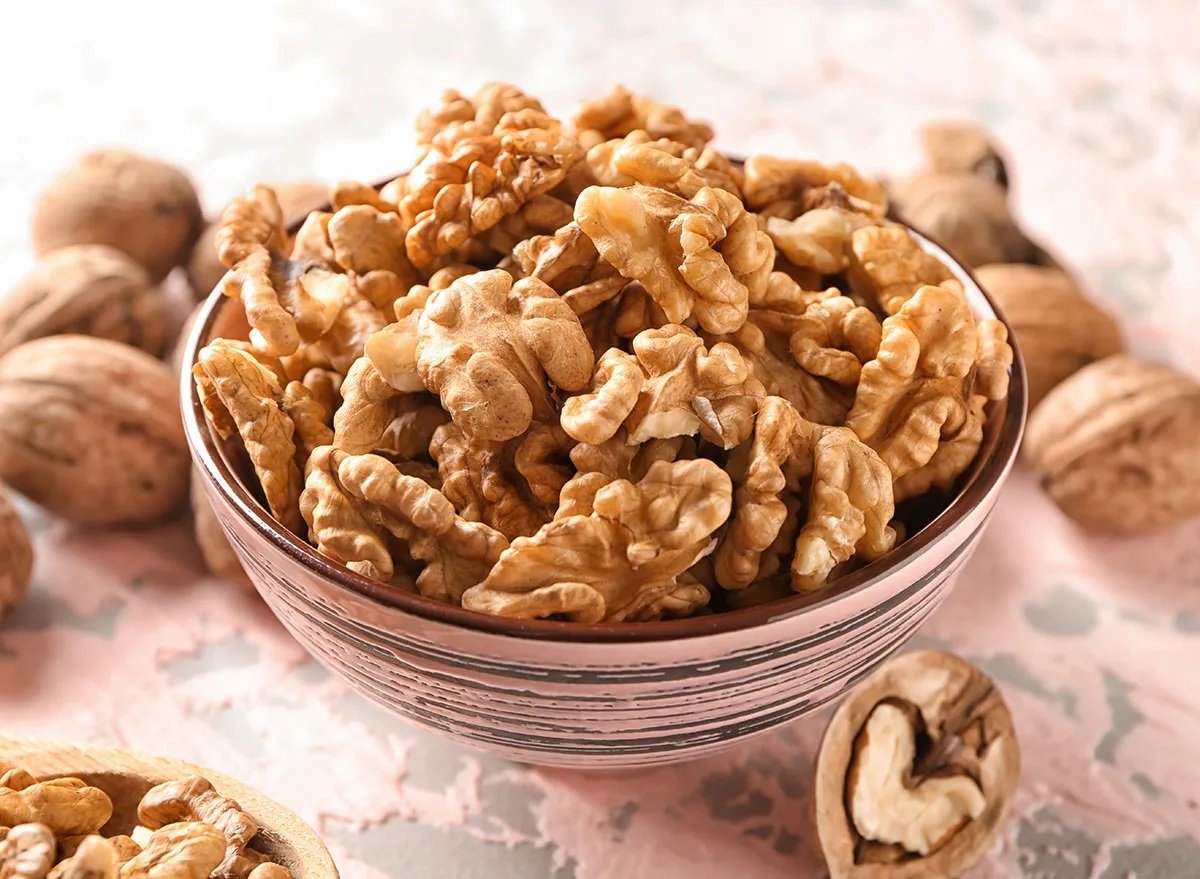


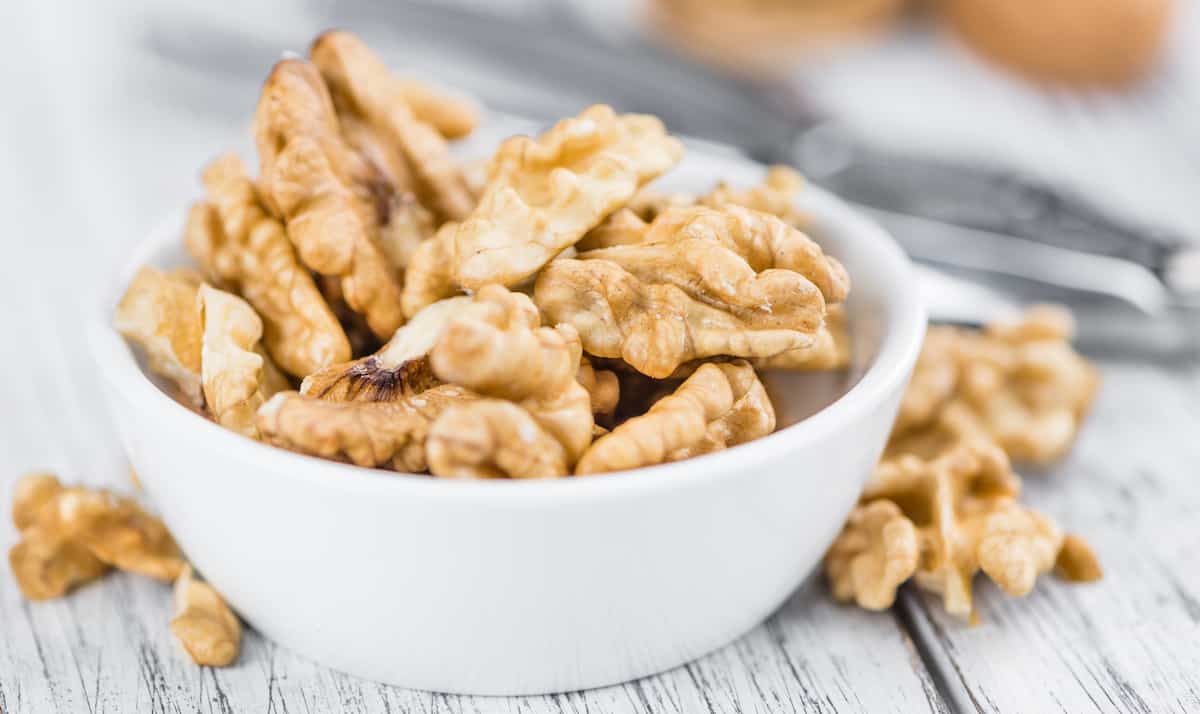
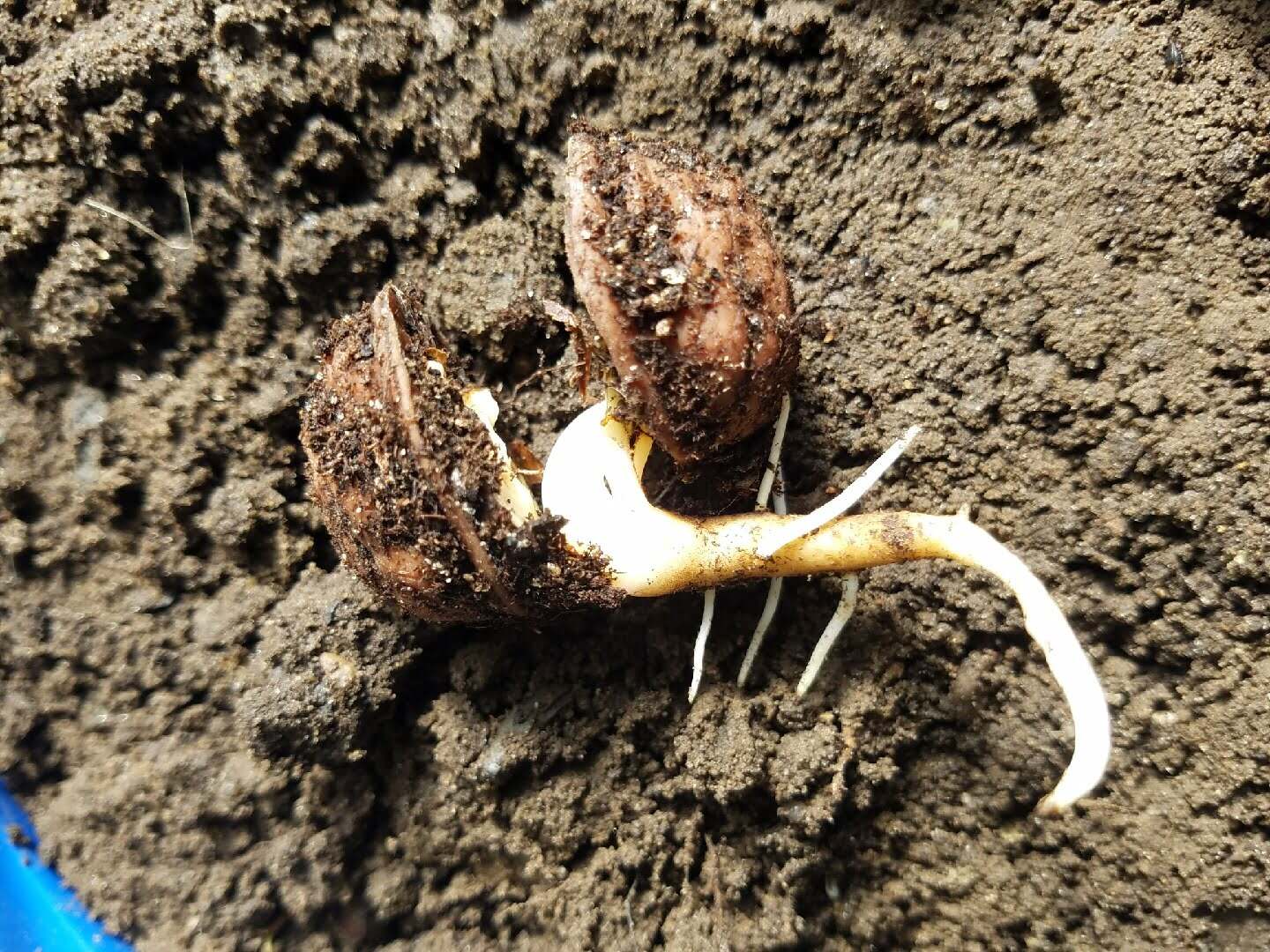
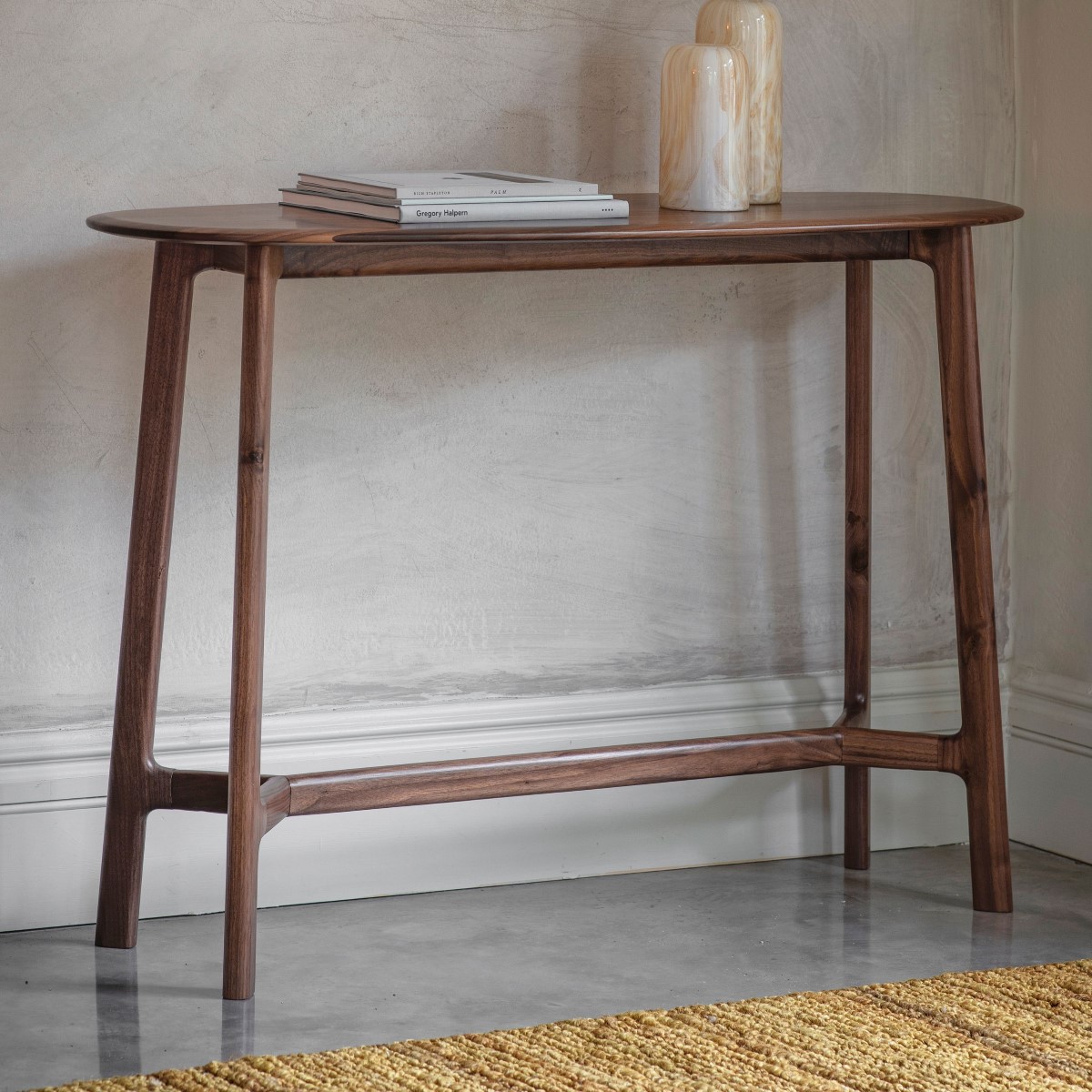
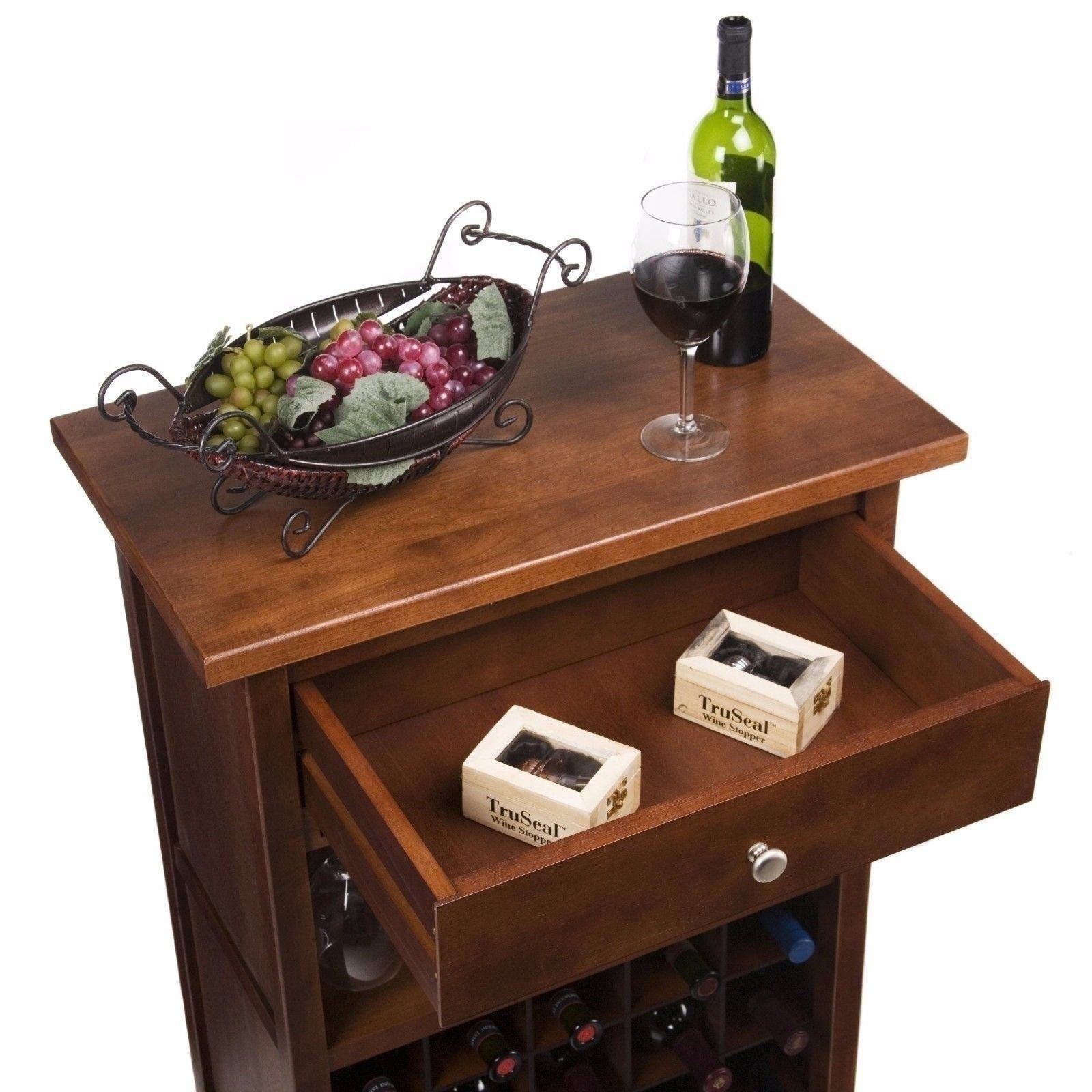





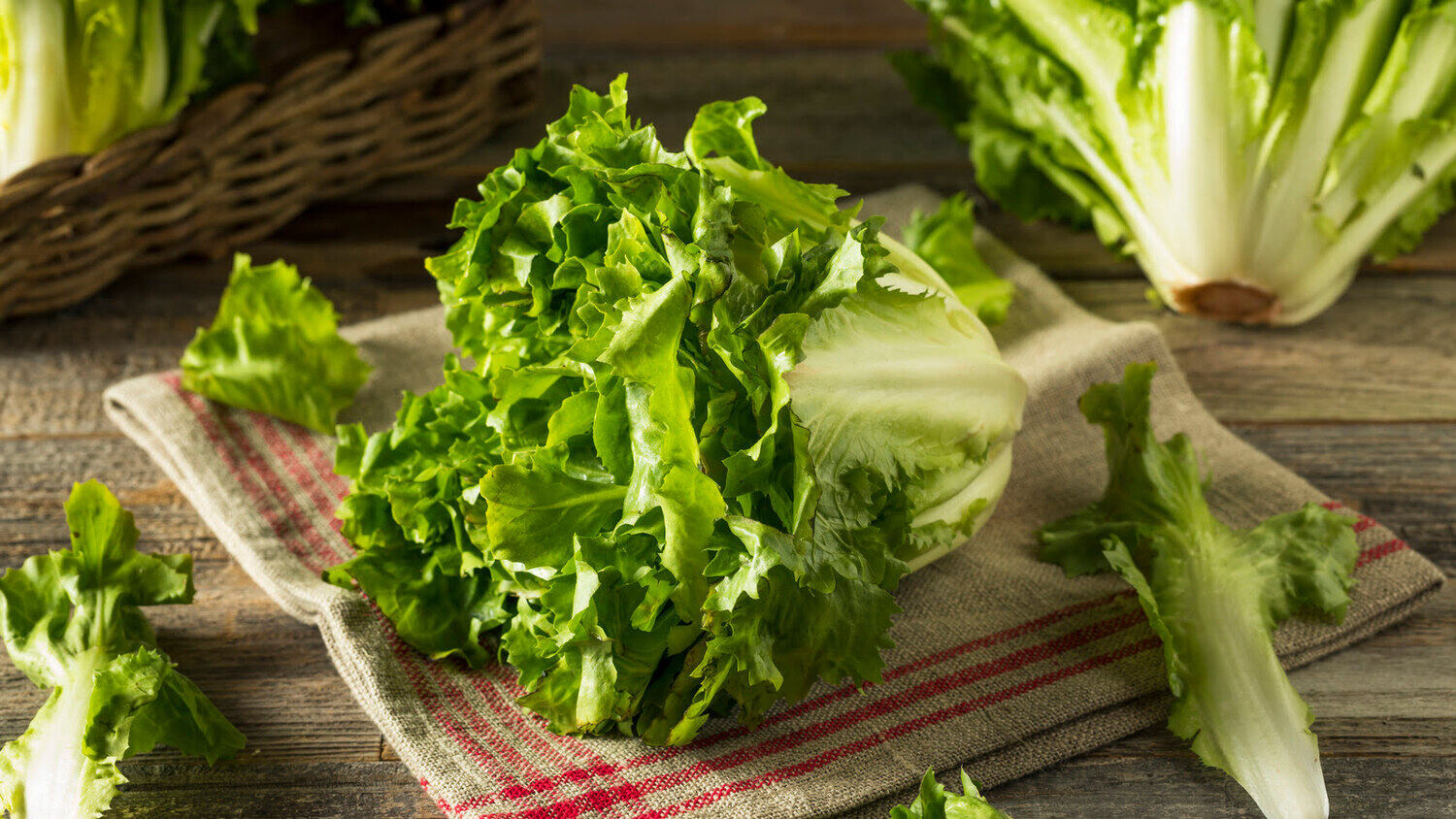

0 thoughts on “How To Store Walnuts”